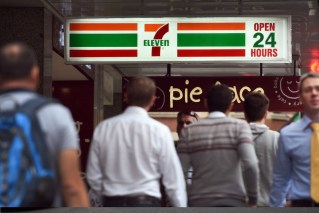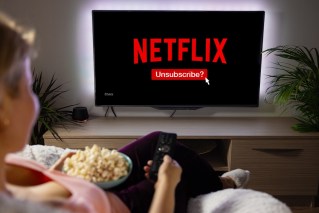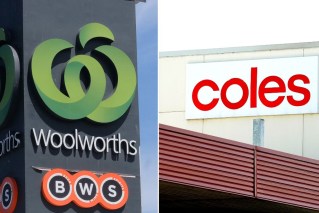‘Retail apocalypse’: Bricks-and-mortar stores are disappearing. Here’s what they must do to survive


Retailers must transform themselves into entertainers, Anders Sörman-Nilsson says. Photo: Supplied
Retailers across Australia are shutting up shop, as rents skyrocket and time-poor, dollar-conscious consumers opt for the internet over their local high street.
Over the next year, 1.3 per cent of consumer goods retailers are expected to close as physical stores struggle to compete with the low prices, vast range and ease of online shopping.
Meanwhile, once-mighty department stores are in the midst of a mass extinction, with only one of the two major players, Myer and David Jones, expected to survive.
Perversely, research shows that the vast majority of shoppers – 73 per cent of those surveyed recently – prefer shopping at bricks-and-mortar stores to online.
The survey of more than 1000 Australian shoppers commissioned by Sydney-based strategists Thinque showed 83 per cent of shoppers were motivated to visit a physical store so they could see and touch items.
Just 31 per cent said they would visit a store because they enjoyed the shopping experience, while 25 per cent said they felt shopping in store reduced the need for returns.
The customer service experience of a physical store left many shoppers cold, with just 19 per cent of those surveyed saying they would visit a shop because they liked having a salesperson help them.
Retailers must turn shopping into entertainment

Athleisure brand Lululemon has launched a fitness festival. Photo: Getty
Bricks-and-mortar store owners must turn the shopping experience into an entertainment extravaganza to lure customers away from the internet, Thinque founder and trend forecaster Anders Sörman-Nilsson said.
While shoppers may say they prefer the physical shopping experience to an online one when surveyed, there’s a “discrepancy between what people say they prefer and how people act”, Mr Sörman-Nilsson says.
Mr Sörman-Nilsson’s message for retailers that want to survive what he terms the “retail apocalypse” is simple: Innovate or die.
We are living in a “transformation economy”, and bricks-and-mortar stores must turn the traditional shopping experience into something much more engaging to survive, Mr Sörman-Nilsson said.
“Only the really great retailers who are able to delight their customers will survive” he said.
“Retail is becoming entertainment. It has to be a transformational experience.”
This includes hosting running clubs across the world, events and offering apps and software that enhance Nike apparel.
“They are selling more hardware because of the software…it’s a great example of a brand that doesn’t just want to sell you products,” Mr Sörman-Nilsson said.
Canadian athleisure brand Lululemon – wildly popular with suburban yoga mums – has turned its flagship store into a library where “people can chill out and meditate”, hosts in-store yoga classes, and even has held a fitness festival, Sweatlife, in London in June.
And investment app Raiz, which recently hit one million downloads in Australia, has shaken up the financial services industry by making it easy to invest small amounts of money.
“For millennials opting not to have financial advisers, it’s an affordable way to invest the change”, Mr Sörman-Nilsson says.
All three are examples of brands “partnering with you” to improve your life, rather than simply selling products – something customers can just as easily get online, he said.
“At some stage, all stores will have to upgrade with reality and ensure their in-store experience is so delightful – even transformational – that people still want to visit.”








